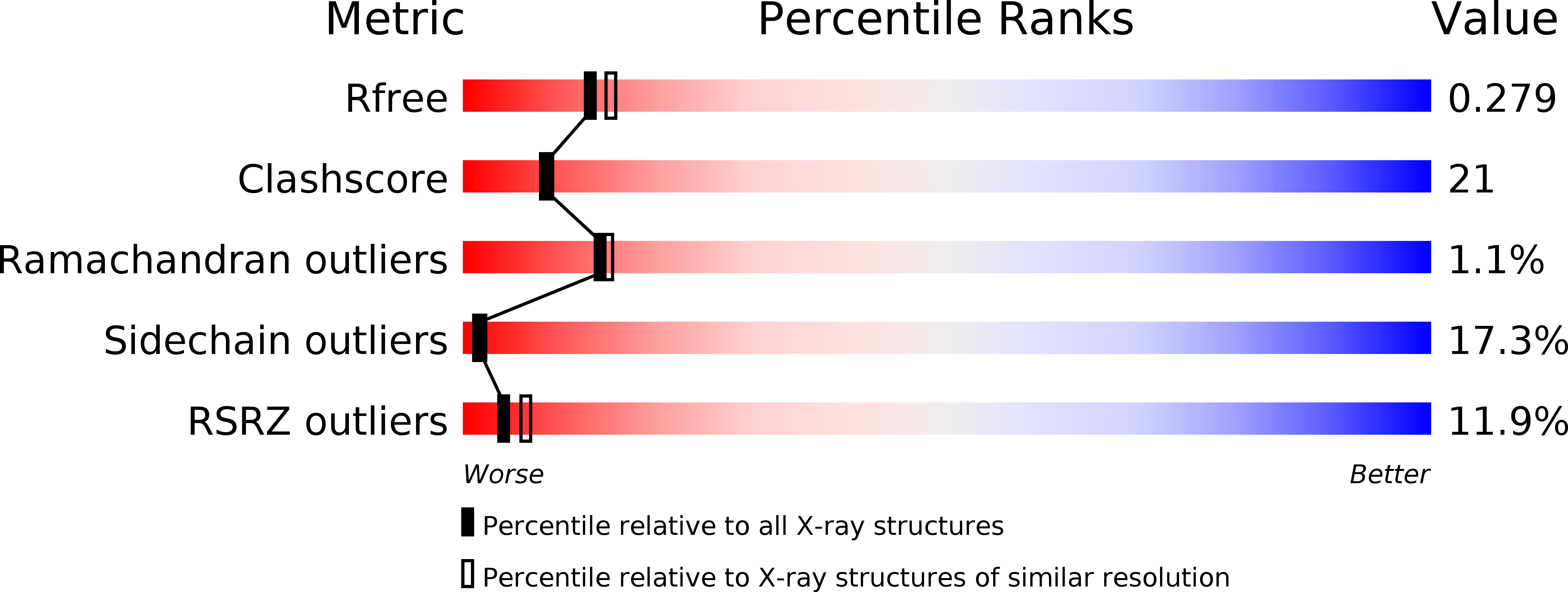
Deposition Date
2008-08-08
Release Date
2008-09-30
Last Version Date
2023-12-13
Method Details:
Experimental Method:
Resolution:
2.31 Å
R-Value Free:
0.28
R-Value Work:
0.19
R-Value Observed:
0.19
Space Group:
P 1 21 1


